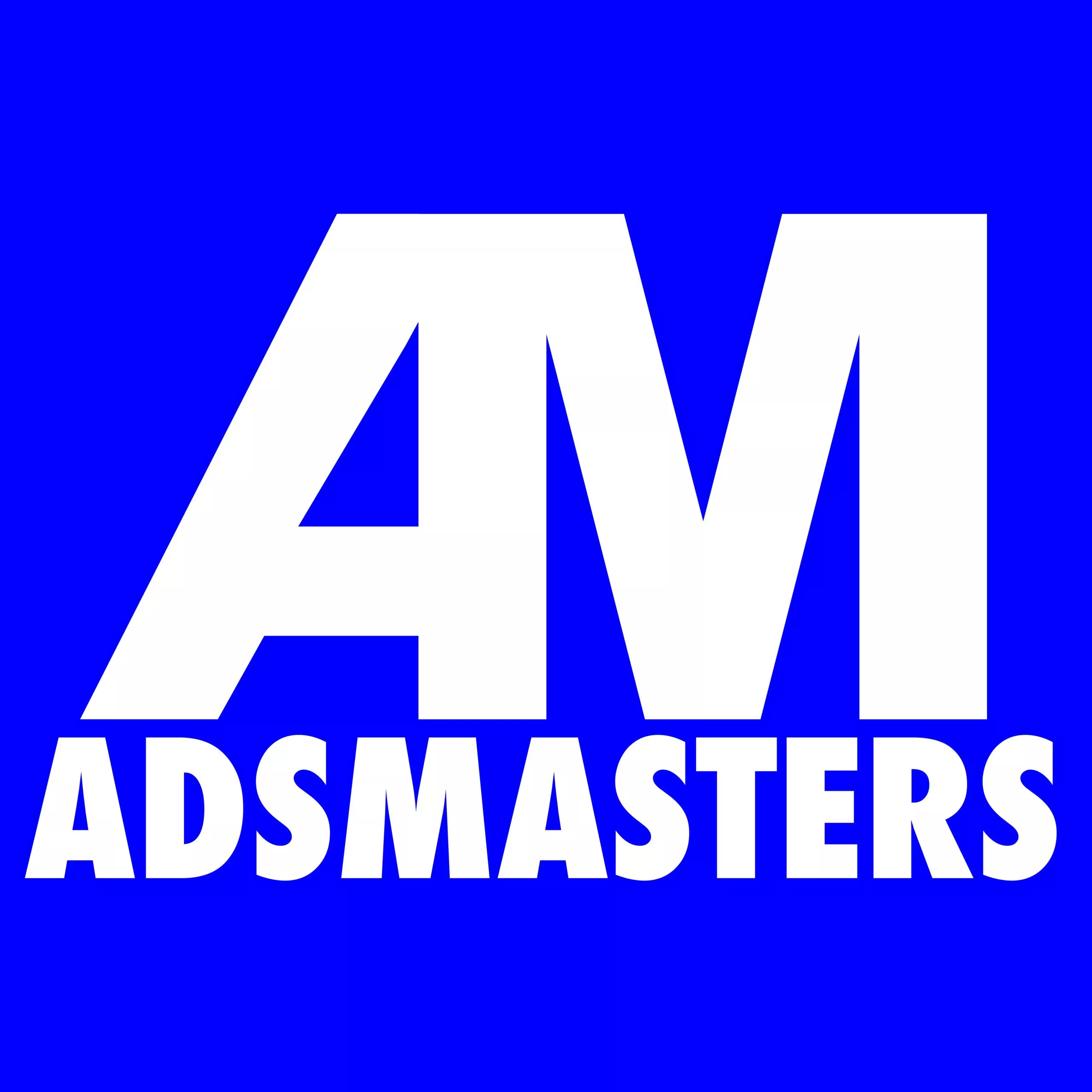In today's article I will deal with the question of what different types of campaigns can be used when placing advertisements on Amazon. My suggestions and ideas are based on practical experience I gather from daily account management. The types of campaigns I suggest cannot be applied to every product or company and therefore always require a specific classification in the appropriate environment.
Which types of campaigns can be distinguished?
1. generic keyword campaign
With a generic keyword campaign, I mean a manual sponsored product campaign that contains only generic search terms. Brand search terms, both of your own brand and of competitors, should not be entered here. However, I usually book my own brand and competitor brands as negative keywords ("phrase match"). Furthermore, I create two ad groups for each homogeneous product group: one with the keyword alignment "Exact" and one with the alignment "Broad". The keywords within the ad groups are identical, so the exact keywords within the "Broad" ad group are set to negative "Exact" (more about this later in the practice part).
2. product targeting campaign
The second type of campaign is a manual sponsored product campaign, which contains the alignment type "Individual product targeting". This means that we do not define keywords to be featured in the search result pages, but select specific products and/or product categories where the ads of the products to be promoted are featured. I also like to work with two ad groups per product group to be advertised in a product orientation campaign. I refer to the first ad group as "ASIN-Targeting". In this ad group I research the ASIN of competitors on which the ads are played out. The second ad group is called "category targeting". Here I select suitable product categories in which the ads are to appear. It is important that with "category targeting" your own brand placements are set to negative, so that there are no "distorted" results.
3. competitor campaign based on keywords
In the third manual sponsored product campaign, I play the ads exclusively on search terms that include competitors with their product names. Again, I usually work with two ad groups ("Broad" and "Exact").
4. fire campaign
Finally, the so-called "brand campaign" is used. In most cases, I create this both as a sponsored product campaign and as a sponsored brand campaign. Within the brand campaign, only the own brand search terms are defined as keywords and the own product detail pages as product orientation. With the brand campaign, I aim to ensure visibility on the own "territory".
What is the ulterior motive of the presented campaign structure?
One problem that I regularly see when evaluating ad accounts is the non-existent campaign structure. The advantage of a clear campaign structure is that the performance of the advertising campaigns can be correctly assessed with just a few glances. By dividing the campaigns into brand campaign, competitor campaign, product targeting campaign and generic keyword campaign, a better assessment of the campaign performance is possible. It is also much faster and easier to determine what the actual AcoS values are for each type of campaign. Since the AcoS value is very dependent on the respective campaign orientation, it can be determined easily and quickly with the campaign structure presented here.
What characteristics do the different campaign types have?
In the following graphic, the campaign types are evaluated according to the frequency of play ("impression"), the conversion probability and a general budget allocation. These are also empirical values, which are naturally not suitable for every product.
| 1st Campaign 🡪 Generic keywords | 2. campaign 🡪 Competitor products | 3. campaign 🡪 Product placements | 4. campaign 🡪 Brand keywords | |
| Frequency of playout | Very high | Moderate | High | Low |
| Probability of conversion | Moderate | Low | Moderate | Very high |
| Budget Allocation | 50% | 15% | 25% | 10% |
Campaign structure using an example
Since I think it is easier to illustrate such a topic with a concrete example, I will create the different types of sponsored product campaigns for the following example product:
foodspring Whey Protein Powder, Chocolate, 750g, Protein from Grass-fed Milk
1. generic keyword campaign
In this example we are advertising a chocolate flavored whey protein, so in the first step we use the Amazon Brand Analytics feature to find relevant keywords.
In this step it is important that we only use generic keywords and ignore our own brand and competitors. In addition to the obvious search term "Whey Protein", I also carry out this process for the following terms: "protein powder", "protein", "muscle building powder" etc.
Within the campaigns we now have two ad groups ("Broad" and "Exact"), matching the targeting types. It is important that we define negative keywords or keywords to be excluded at campaign level. In my example I define the following terms as negative phrases: "Foodspring", "ESN", "Zec Plus", "Ironmax", "All Stars", etc.
2. product targeting campaign
Next, I create a manual product targeting campaign, which in this case contains two ad groups (more than two would be quite conceivable). Within the first ad group, we determine products on whose product detail page the product to be advertised is to be featured. This is a manual process and can be simplified by using the best-seller rank of the respective category, in our example: https://www.amazon.co.uk/Best-Sellers-Health-Personal-Care-Whey-Nutrition-Protein/zgbs/drugstore/5977836031/ref=zg_bs_nav_d_5_5977835031
Since Foodspring is a brand in the higher price segment, in this example I only select products with a minimum sales price of 20 £ per kilogram. I do not carry out a further segmentation according to taste and type of protein in the first step.
In the second group of advertisements, we now define product categories that are to serve as orientation. I am refining the product categories in such a way that only products with a sales price of more than 20 £ can be considered. In the following you can see the selected product categories. After defining the product categories I exclude "foodspring" as negative placement in the next step.
3. competitor campaign based on keywords
Since we used Amazon Brand Analytics to determine the relevant competitors in the first campaign (Generic Keyword Campaign), we can easily transfer the competitor keywords to a manual campaign with two ad groups ("Broad" and "Exact"). Here too, the "Broad" campaign will book the "Exact Match Keywords" as negative "Exact". Whether you want to book the individual brand terms of competitors as keywords (e.g. "All Stars") is up to you. In most cases I leave these keywords out.
4. fire campaign
Within the brand campaign, I now define an ad group with the alignment by keywords and insert the appropriate brand terms (e.g. "foodspring", "foodspring protein" etc.). In addition, there is a second ad group with the appropriate product orientation, which exclusively features the brand foodspring as placement. In this way, I ensure that when a brand search query is submitted, only the company's own brand products are played.
In addition to the sponsored product campaign, a sponsored brand campaign is also recommended here, which is also aligned with the own brand search terms.
Conclusion of the advertising campaign structure on Amazon
I use the campaign structure I have presented here with brand owners who sell their products via Amazon. In order to use the campaign structure presented here in a meaningful way, it is necessary that customers actively search for their own and other brands. If there are no search queries for the brands, the structure can also be reduced to a generic search term campaign and product targeting campaign.

